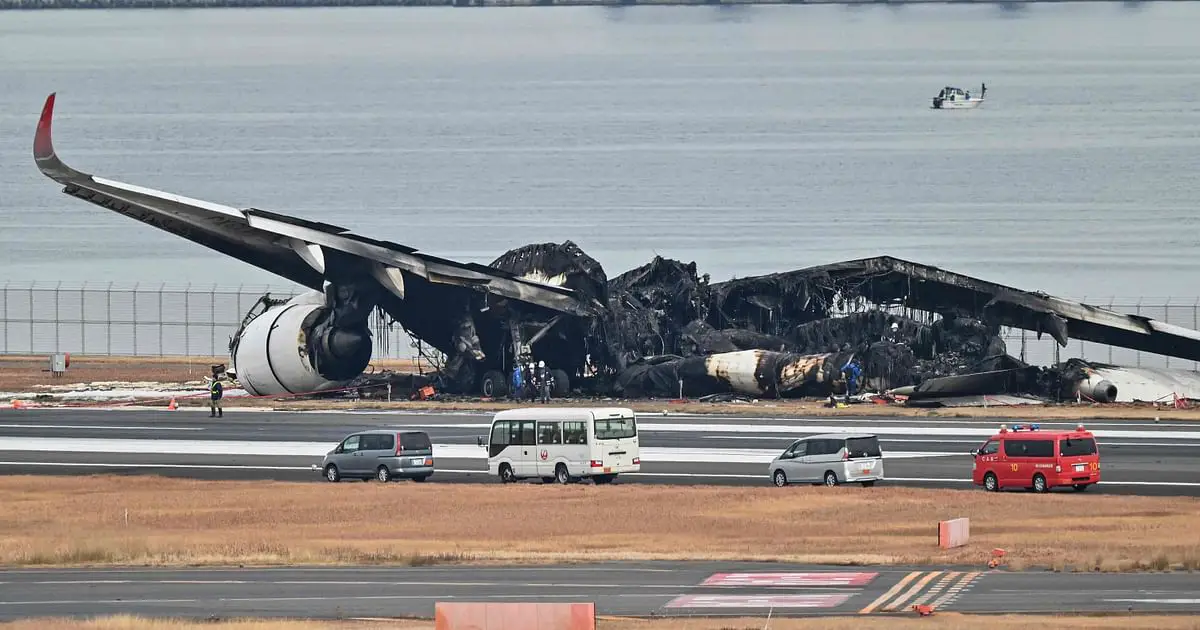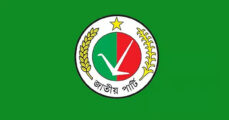In 2018, Airbus said it was working with Honeywell HON.N on a system called SURF-A, or Surface-Alert, designed to help prevent runway collisions.
But no implementation date has yet been announced and the complex new aviation systems could take several years to roll out.
Far-reaching reforms of European and American air traffic networks that could accelerate the use of such computerized systems have faced long delays.
Airbus and Honeywell did not immediately respond to requests for comment.
Steve Creamer, former senior director of the International Civil Aviation Organization, said that preventing landing aircraft from colliding with aircraft is one of the top five global safety priorities.
Although automated landings are on the rise, experts say much still depends on visual checks by pilots, who may be distracted by high workloads or nighttime runway blur.
“I think the investigation will be very much focused on the clearance… and then also on what the (JAL) crew can see. Could they physically see that airplane on the runway,” said former US air crash investigator John Cox.
For example, lighting was an issue in the 1991 collision between a USAir plane and a SkyWest Airlines plane at Los Angeles International Airport in California.
“One of the things that stood out was that the USAir crew couldn’t physically see the SkyWest Metroliner there. Even though it was on the runway, the lighting was such that you … couldn’t physically see it,” he said.





